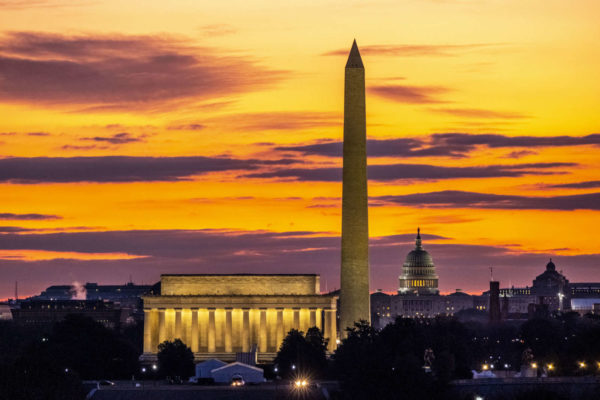
(Updated at 3:25 p.m.) Cyclists and runners can snag some free safety gear in Arlington later this week.
This Wednesday through Friday, BikeArlington and WalkArlington volunteers will be handing out free bicycle lights and reflective vests from 4-6 p.m.
The giveaway days and locations are:
- Wednesday — Along the Custis Trail in Rosslyn, at the corner of N. Lynn Street and Langston Blvd near the electronic display counting bicycle trips, or “Bikeometer.”
- Thursday — Along the Mt. Vernon Trail in Crystal City, just behind the Crystal City Water Park.
- Friday — At the intersection of the W&OD Trail and Columbia Pike, next to the Barcroft Shopping Center.
The goal of the event — dubbed “Lighten Up, Arlington!” — is to educate the public about cyclist and runner safety and remind people that days will shorten next week due to the end of Daylight Saving Time.
“The Bike Light Giveaway started over 10 years ago… as a way to shine a light on the importance of visibility while riding and walking during the darker months,” Arlington Dept. of Environmental Services spokesperson Claudia Pors told ARLnow.
Volunteers will be handing out about 2,000 sets of lights, which people can attach to their bicycles, shoelaces or bags, says Mary Dallao, WalkArlington and BikeArlington’s program director.
“Staying visible after dark is so important when you’re out there biking and walking, so as we turn the clocks back and it gets darker earlier in the evening, we are happy to provide these lights to help keep people safe,” Dallao said.











